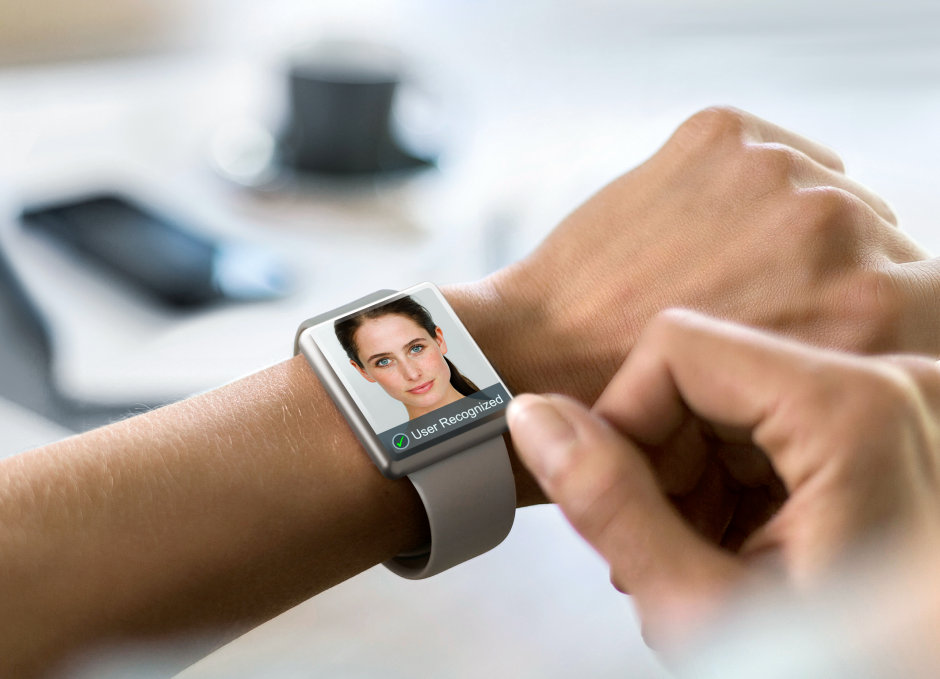Osram introduces smallest IR LEDs for biometric ID

SFH 4170S and SFH 4180S meet the demand for biometric identification in smart watches
Munich-based Osram Opto Semiconductors has introduced two new infrared-LEDs (IREDs) SFH 4170S and SFH 4180S that meet the demand for biometric identification in smart watches.
The particularly compact dimensions of the specially developed Oslon P1616 package (1.6 mm x 1.6 mm x 0.85 mm) make the SFH 4170S and SFH 4180S the smallest Osram components for biometric applications. Compared to similar products today, the two IREDs require about 50 percent less space.
The SFH 4170S and SFH 4180S in the Oslon P1616 package are believed to be the smallest products for biometric identification to date and are particularly suitable for 2D face recognition.
Despite the small dimensions, the IREDs are said to uphold an outstanding power of 1150 mW at 1 A and a radiation intensity of 280 mW/sr. These characteristics are particularly important for 2D face recognition. This identification method focuses on two-dimensional features of the user's face, for example, the length of the bridge of the nose, the distance between the eyes or the distance from corner to corner of the mouth.
In order to reliably compare the image stored in the system with the current picture, the infrared camera must be able to capture the best possible images – making homogeneous illumination of the face with an infrared light source a central aspect of this application.
Depending on where the IREDs are ultimately used, customers can choose between the 850 nm (SFH 4170S) or the 940 nm (SFH 4180S) version. While the SFH 4170S benefits from the very high sensitivity of the sensors in this wavelength range, the SFH 4180S avoids the "red glow" effect, which can be seen by the human eye and is particularly unpopular in consumer applications.
"Biometric identification will become an increasingly important part of our lives in the future," explains Arne Fleißner, product manager at Osram Opto Semiconductors. "With our two new IREDs, we are making space-saving integration into our customers' end devices much easier and are thus also helping to protect users' sensitive data.”


































